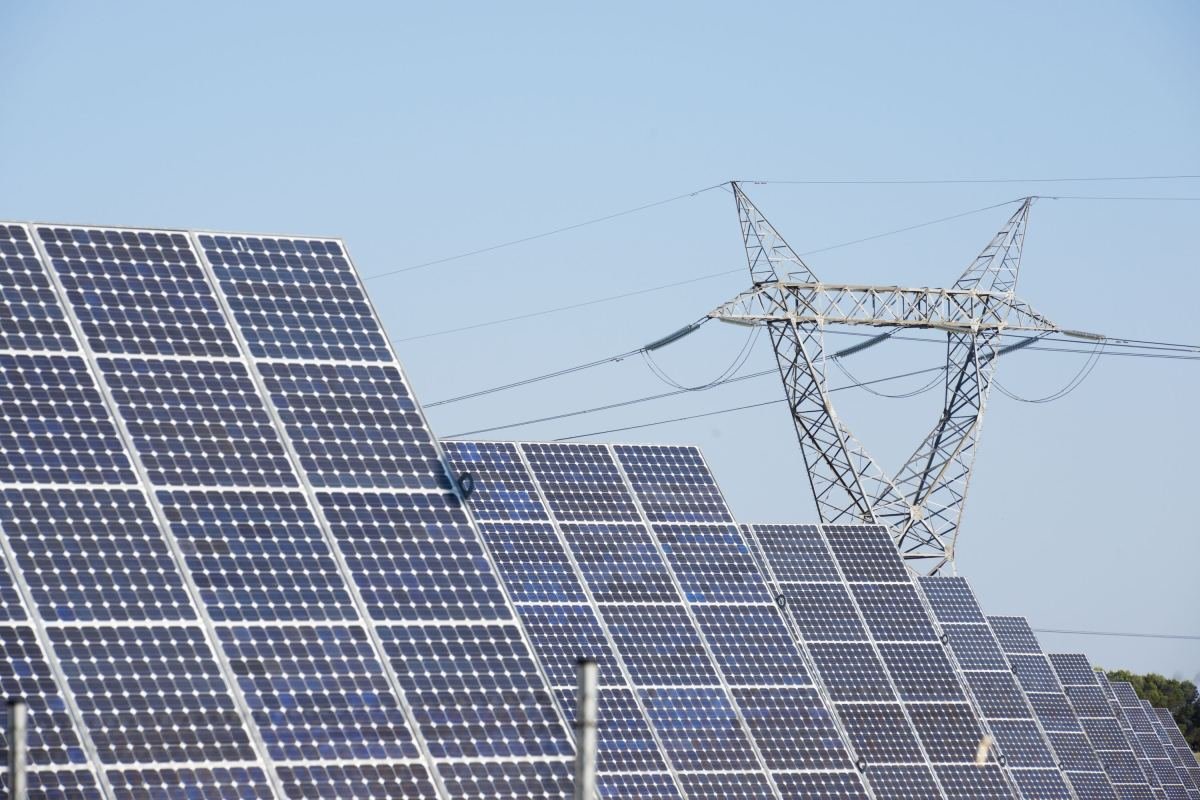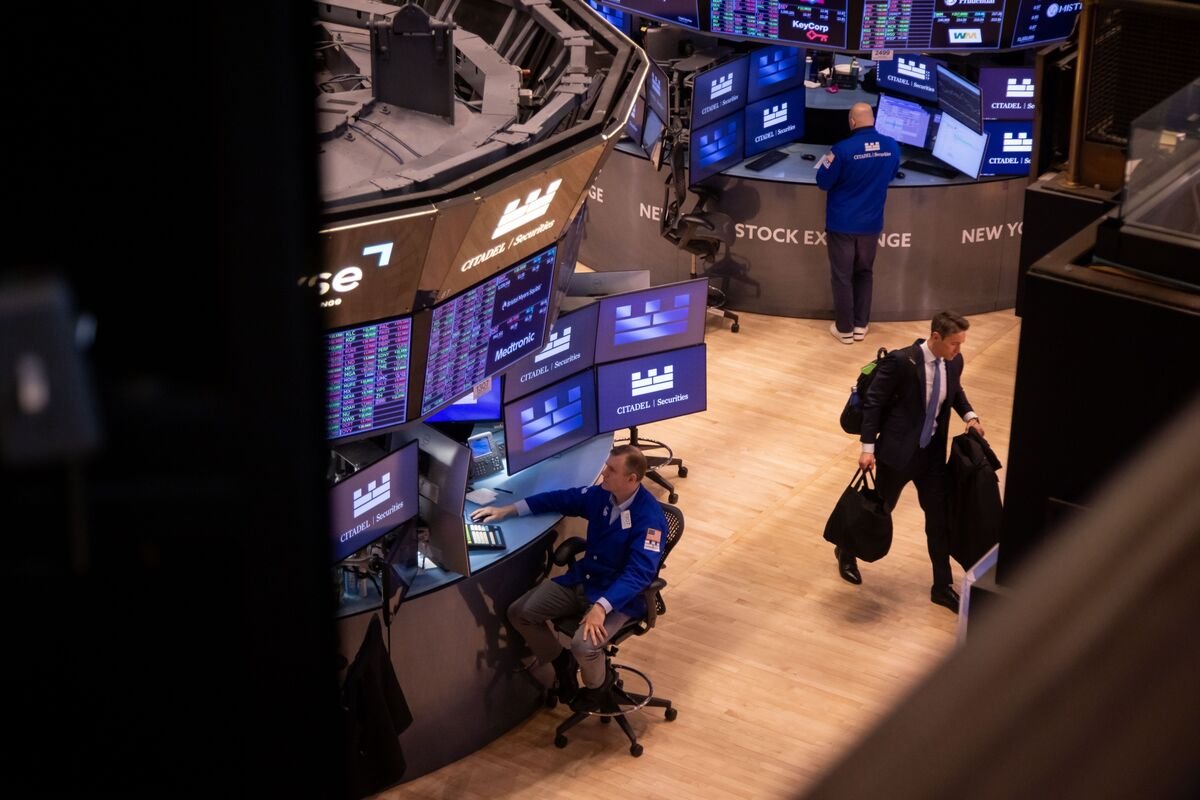Funding & Business
Data centers love solar: Here’s a comprehensive guide to deals over 100 megawatts

The rush to capitalize on the buzz around AI has led tech companies to dramatically expand their data center footprints. That’s been good news for companies like Nvidia, but it has also led to unprecedented growth in the power industry.
New and expanded data centers are expected to double the sector’s power demand by 2029, according to JLL. As a result, developers and tech companies have been working overtime to lock in capacity. Nuclear and natural gas have gotten boosts from the forecasted demand, but few technologies have benefited in the near term like solar.
Though solar power suffers from what experts call intermittency — it won’t produce if the sun isn’t shining — the upsides have been so significant that companies have been inking large deals at a rapid pace.
Unlike advanced nuclear reactors, which have yet to be deployed at commercial scale, solar power is proven technology. And unlike new natural gas power plants, which take years to plan and construct, the average completion time for a new solar farm is about 18 months. Plus, it’s one of the lowest-cost sources of new generating capacity.
Since the start of 2025, tech companies and data center operators have backed 12 solar deals, each adding more than 100 megawatts of capacity to the grid.
January
Meta kicked off the year with a 200-megawatt solar deal with multinational electric utility Engie. The purchase went toward a solar farm near one of the company’s existing data centers in Texas. At the time of the deal, Meta already had over 12 gigawatts of generating capacity in its renewable portfolio.
Later in January, the Stargate AI partnership between OpenAI, Oracle, and SoftBank Group was reported by Bloomberg to be powered, at least in part, by solar. SB Energy, which is part of SoftBank’s portfolio, is expected to develop solar installations backed by grid-scale batteries.
Meta closed out the month with another massive solar deal, this one with Spanish renewable developer Zelestra. The contract was for 595 megawatts of capacity.
February
Meta continued its streak in February, investing in a 505-megawatt solar project with Cypress Creek Renewables, which is developing the massive installation in Coleman County, Texas — about 150 miles northwest of Austin.
Microsoft entered the fray in February, too. The company has long been a buyer of renewable energy to power its operations, and added another 389 megawatts of solar in a deal with EDP Renewables North America. The contract covers three different solar farms, two in Illinois and one in Texas. The purchases have helped Microsoft stay on top of its pledge to power its operations using zero carbon power.
Amazon also made a big purchase, backing a hybrid project on the Iberian Peninsula that includes wind, solar, and pumped-hydroelectric storage. The deal included 476 megawatts total, of which 212 megawatts are solar.
Outside of the U.S., data center operators have also been investing in solar. In India, CtrlS built its own 125-megawatt facility in two phases, the first half of which was finished in June 2024 with the second completed in early February. In South America, Telecom Argentina agreed to buy electricity from a 130-megawatt solar farm developed by MSU Green Energy.
March
Microsoft added another three solar developments in March, again focusing on the Midwest. The projects span Illinois, Michigan, and Missouri, and they’re being developed by AES. Together, they will provide Microsoft with 475 megawatts of capacity, adding to its considerable 34-gigawatt portfolio.
Cisco got in the game with a 100-megawatt deal with X-Elio, a solar developer owned by Brookfield, an asset manager that has bet big on renewables. The power purchase agreements see Cisco buying capacity from two different Texas solar projects.
Meta added another 200 megawatts of solar to its portfolio in March in a deal with RWE. The solar farm will be built just southeast of Austin.
In Italy, data center operator Data4 signed a 10-year deal with utility Edison Energia to buy power from a 148-megawatt solar farm northwest of Rome.
More deals likely
As tech companies race to add AI to seemingly every product and possible market, data centers have been expanding to keep pace. That growth requires power, and few technologies are as well positioned as solar power.
Utility-scale solar is already one of the cheapest forms of new generating capacity without counting subsidies, undercutting everything except onshore wind. It’s also quick to deploy and can be commissioned in phases, allowing data centers to draw power before the entire project is finished.
Those qualities have combined to give solar a near-term advantage, racking up deals with Big Tech companies and data center developers. It’s a trend that’s likely to continue.
Funding & Business
Australian Home Prices Climb for Seventh Month After Rate Cuts

Australian home prices advanced for a seventh straight month, fueled by lower borrowing costs and a supply shortfall in major cities.
The Home Value Index rose 0.7% in August, property consultancy Cotality said in a statement on Monday. Brisbane’s 1.2% increase was the top monthly gain while bellwether Sydney climbed 0.8%.
Funding & Business
Stock Market’s Fate Comes Down to the Next 14 Trading Sessions

The next few weeks will give Wall Street a clear reading on whether this latest stock market rally will continue — or if it’s doomed to get derailed.
Jobs reports, a key inflation reading and the Federal Reserve’s interest rate decision all hit over the next 14 trading sessions, setting the tone for investors as they return from summer vacations. The events arrive with stock market seemingly at a crossroads after the S&P 500 Index just posted its weakest monthly gain since March and heads into September, historically its worst month of the year.
Funding & Business
Emerging Markets’ Trump Rally at Risk as Tariff Reality Kicks In

The start of Donald Trump’s second presidency has matched his first term in proving a boon for emerging-market stocks, but the rally risks running out of steam given his trade and fiscal policies are also sinking corporate earnings.
The benchmark MSCI Emerging Markets Index has posted an advance every month from January through August this year, the first of Trump’s second term. That’s happened only twice before in the 37 years that investors have tracked emerging markets as an asset class: in 2017, also a Trump inaugural year, and in 1993, under Bill Clinton.
-
Tools & Platforms3 weeks ago
Building Trust in Military AI Starts with Opening the Black Box – War on the Rocks
-

 Ethics & Policy1 month ago
Ethics & Policy1 month agoSDAIA Supports Saudi Arabia’s Leadership in Shaping Global AI Ethics, Policy, and Research – وكالة الأنباء السعودية
-

 Business2 days ago
Business2 days agoThe Guardian view on Trump and the Fed: independence is no substitute for accountability | Editorial
-

 Events & Conferences3 months ago
Events & Conferences3 months agoJourney to 1000 models: Scaling Instagram’s recommendation system
-

 Jobs & Careers2 months ago
Jobs & Careers2 months agoMumbai-based Perplexity Alternative Has 60k+ Users Without Funding
-

 Funding & Business2 months ago
Funding & Business2 months agoKayak and Expedia race to build AI travel agents that turn social posts into itineraries
-

 Education2 months ago
Education2 months agoVEX Robotics launches AI-powered classroom robotics system
-

 Podcasts & Talks2 months ago
Podcasts & Talks2 months agoHappy 4th of July! 🎆 Made with Veo 3 in Gemini
-

 Podcasts & Talks2 months ago
Podcasts & Talks2 months agoOpenAI 🤝 @teamganassi
-

 Jobs & Careers2 months ago
Jobs & Careers2 months agoAstrophel Aerospace Raises ₹6.84 Crore to Build Reusable Launch Vehicle





















